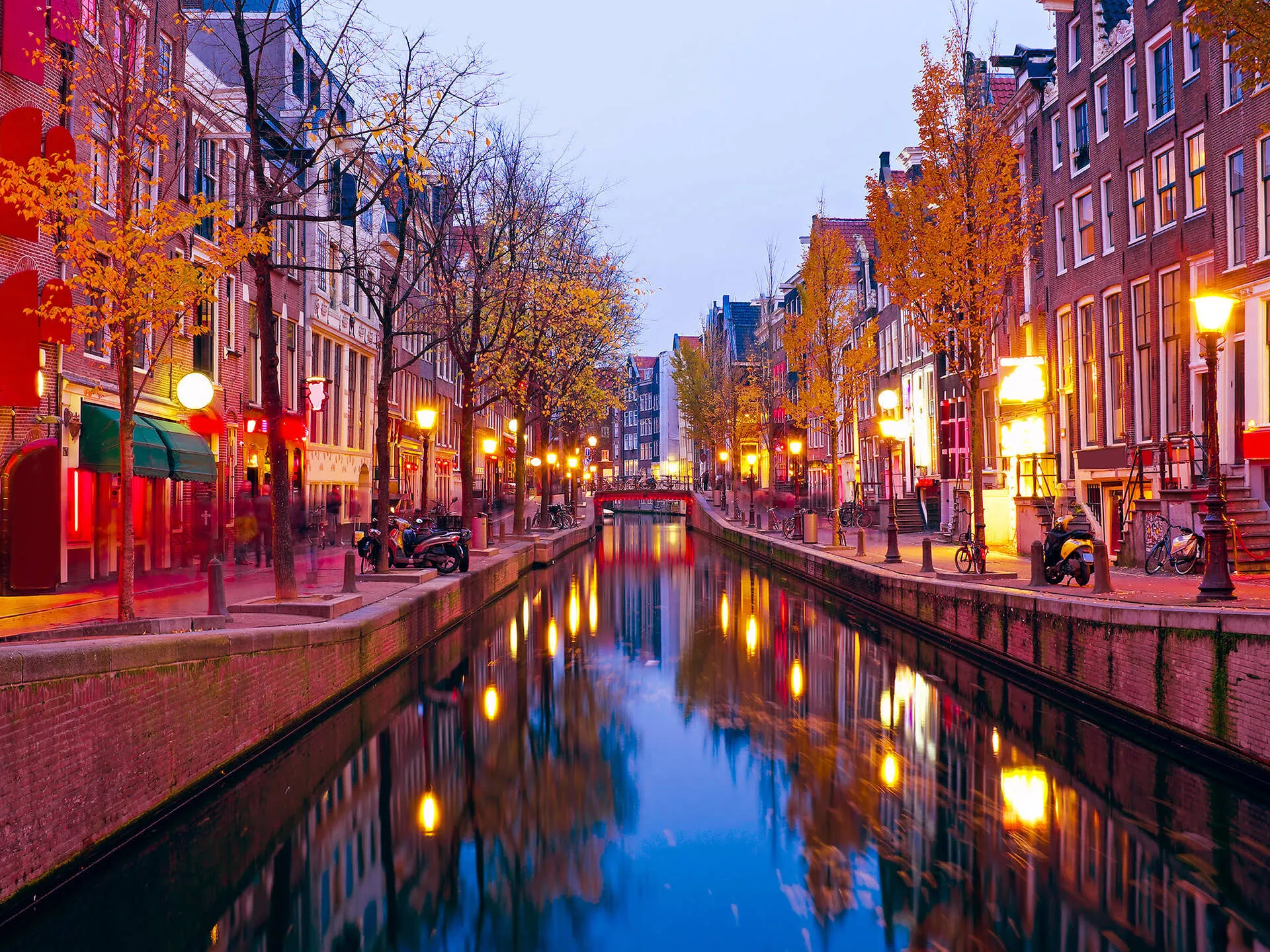The Red Light District in Amsterdam is one of the city’s most iconic — and controversial — destinations. With its vibrant nightlife, historic architecture, and cultural curiosity, this area draws millions of visitors every year. But before you stroll down those glowing red-lit streets, it’s essential to understand the rules, realities, and myths surrounding this famous part of town.
What is Amsterdam’s Red Light District?
The Red Light District, or De Wallen, is located in the heart of Amsterdam’s old city center. This area is known for its legal and regulated sex work, illuminated windows where sex workers advertise their services, sex shows, and adult entertainment venues. But it’s not just about sex tourism — you’ll also find bars, coffee shops, museums (like the Museum of Prostitution), and historic buildings like the Oude Kerk (Old Church).
📍 Fun Fact: The area also includes the Blue Light District, where transgender sex workers are known to operate — something tourists often overlook.
A Brief History of the Red Light Scene in the Netherlands
The Netherlands is known for its liberal stance on many social issues, including prostitution, which has been legal and regulated here since 2000. Brothels in Amsterdam are subject to laws that enforce safe, consensual work conditions. Still, despite legal protection, sex workers face complex social and economic challenges.
Important Rules and Etiquette
If you’re planning to explore the Red Light District in Amsterdam, keep in mind:
- ❌ No photos or videos of the windows — it’s illegal and deeply disrespectful.
- ✅ Be respectful to sex workers and residents.
- ⏰ Opening hours for window brothels are typically from 8 PM to 3 AM.
- 🕶️ Don’t stare — treat it like you would any professional workplace.
- 🍺 Avoid excessive drinking before entering the district.
Understanding the Lights: Red, Blue, and Purple
Each color light has a different meaning:
- Red Light – Typically signifies cisgender female sex workers.
- Blue Light – Indicates transgender sex workers.
- Purple Light – Occasionally seen, though less common, often signaling special fetishes or performances.
Is the Red Light District Safe?
Yes — Amsterdam’s Red Light District is generally safe, especially with increased police surveillance and camera monitoring. However, as with any nightlife area, pickpocketing and scams can occur. Stick to well-lit areas, avoid isolated alleys, and always watch your belongings.
Prostitution and Legal Nuances in Amsterdam
While prostitution is legal, street solicitation is not. Sex work occurs in licensed brothels or behind the iconic red-lit windows. The cost of services in Amsterdam’s Red Light District can vary based on the worker and service, but prices typically start at €50 for 15-20 minutes.
💡 Pro tip: Always use protection — it’s standard and expected.
Cultural Attractions Near the Red Light District
- Museum of Prostitution – Learn the realities of the industry.
- Oude Kerk – Amsterdam’s oldest building.
- Bananenbar & Casa Rosso – Known for sex shows in Amsterdam.
- Blue Amsterdam – A panoramic rooftop café for a completely different view of the city.
Best Time to Visit and Weather Tips
If you’re wondering when to explore:
- Spring (April to June) – Mild weather and fewer crowds.
- Evening Hours – Best time to see the lights in full glow.
- 📈 Avoid weekends if you dislike crowds.
Check the Amsterdam weather forecast in advance — you don’t want rain to ruin your evening!
Myths and Misconceptions
Many think the Red Light District is all sleaze and danger. In reality:
- It’s a regulated part of Amsterdam’s economy.
- It attracts artists, tourists, and locals alike.
- It’s rich in history, especially near De Oude Kerk.
Travel Essentials Before Visiting
✔️ A good map (or GPS)
✔️ Respectful attitude
✔️ Cash in Euros (many brothels don’t accept cards)
✔️ Curiosity balanced with caution
✔️ Awareness of local laws and rules
Conclusion
Whether you’re there to explore history, nightlife, or just curious about its cultural significance, Amsterdam’s Red Light District offers a unique glimpse into a side of society many shy away from. It’s not just about sex — it’s about human rights, urban policy, and tourism woven together in neon-lit streets.
If you’re planning your journey, respect the city and its people. You’ll walk away with more than just wild stories — perhaps even insight.
👉 For more travel tips and cultural insights, stay connected with The Inspiring Insight.




